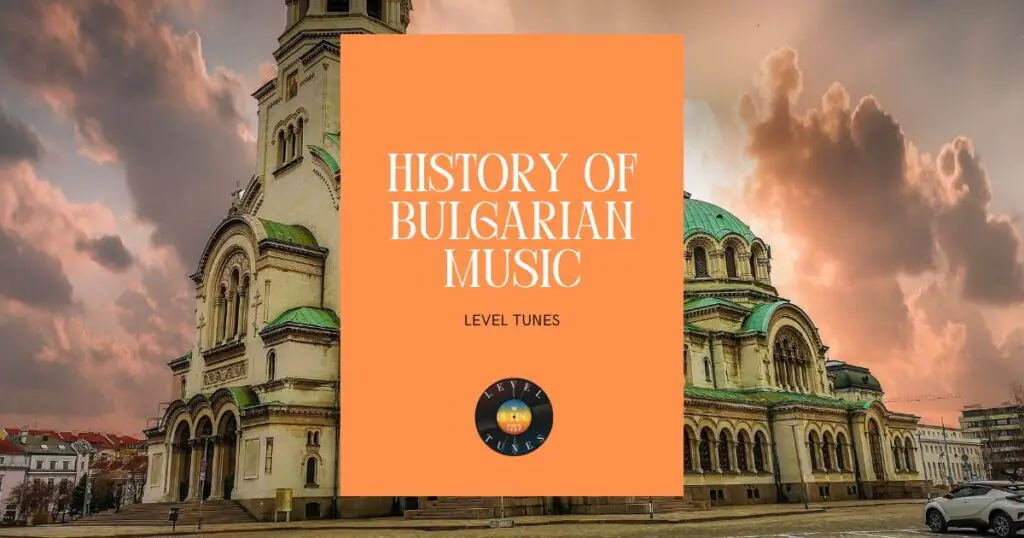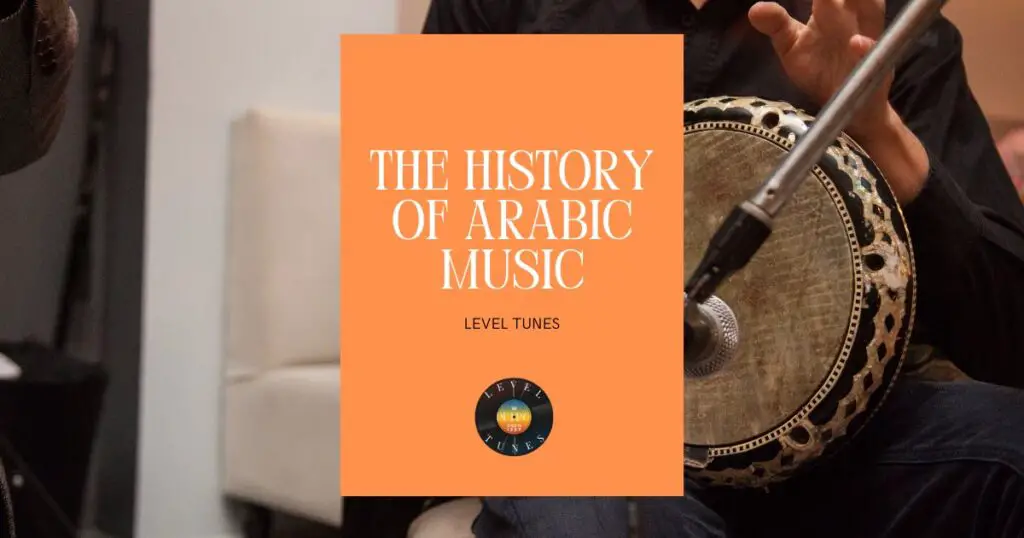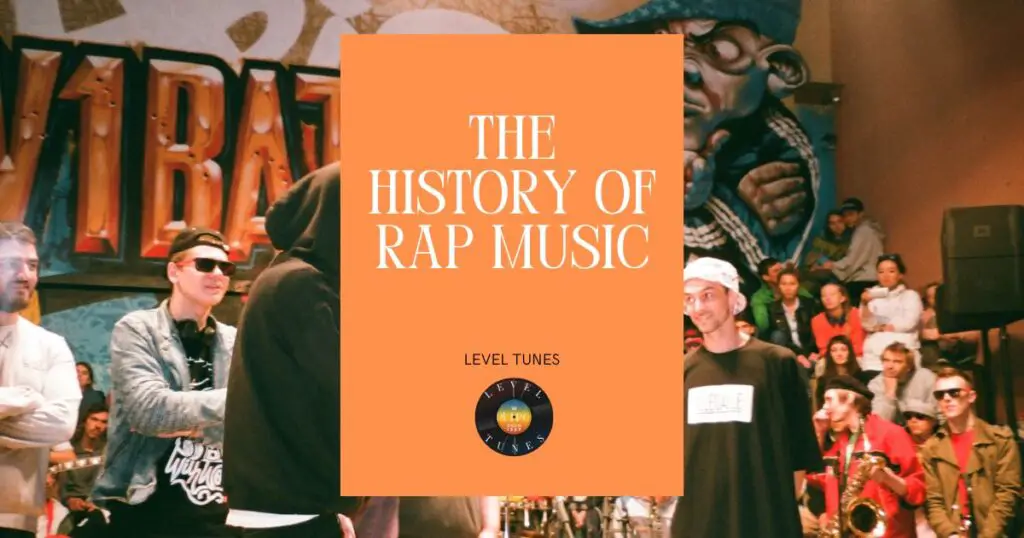Delve into the rich and fascinating history of Bulgarian music, with its roots tracing back to the Thracian civilization in the 8th century BC. Discover how this unique genre has evolved through ancient times, medieval and renaissance periods, and even turbulent political eras.
Explore the vibrant tapestry of traditional instruments, captivating singing techniques, and famous musicians that have made Bulgarian music a significant part of the country’s cultural heritage.
Key Takeaways
- Bulgarian music has roots tracing back to the Thracian civilization in the 8th century BC and has been influenced by Byzantine culture, Western influence, communism, and contemporary music genres.
- The Koprivshtitsa Folk Festival is an important cultural event that showcases traditional Bulgarian songs, dances, music, stories, and other customs celebrated every five years.
- Traditional Asian instruments such as the tambura and gadulka have origins tracing back to ancient era Bulgaria while modern-day Bulgarian musicians continue to fuse elements of traditional music with modern styles creating a truly distinctive musical heritage.
Ancient Bulgarian Music
The ancient Bulgarian music was heavily influenced by the Thracian civilization and later adopted elements from Byzantine culture.
Influence Of The Thracian Civilization
The influence of the Thracian civilization on Bulgarian music dates back to the 8th century BC, making it a key component in shaping the nation’s musical identity.
Renowned for their rich culture and artistic prowess, the Thracians were an ancient people who inhabited parts of modern-day Bulgaria, Romania, and Greece.
This ancient connection is particularly evident in Bulgarian folk songs that often feature distinctive Thracian melodies, rhythms, and instruments. For example, many popular tunes utilise variations of traditional Asian instruments such as the tambura and gadulka – both of which have origins tracing back to this early era.
In addition to enriching Bulgaria’s musical heritage through these captivating sounds and styles, these age-old connections forged between cultures also give us fascinating insight into how music can be passed down through generations while still holding true to its unique characteristics.
Byzantine Influence On Bulgarian Music
The Byzantine era had a profound impact on the development of Bulgarian music, with its rich cultural dynamics and resonant choral traditions. One notable aspect is the adoption of liturgical chants from the Eastern Orthodox Church, which significantly shaped the vocal techniques used in Bulgarian music today.
During this period, trade routes crisscrossing the Balkan Peninsula facilitated an exchange of ideas and influences between various cultures such as Greeks, Romans and Slavs.
Consequently, elements of traditional Greek music found their way into Bulgarian folk compositions as well. This mix resulted in an eclectic blend of rhythms and sounds that ultimately formed the foundation for contemporary Bulgarian musical forms like horo (a lively circle dance) and rachenitsa (a fast-paced dance).

Medieval And Renaissance Bulgarian Music
During the medieval and renaissance periods, Bulgarian music evolved from a blend of Byzantine influences and traditional folk melodies. With connections to the Koprivshtitsa Folk Festival, this era marked a critical point in the country’s musical history that still resonates with contemporary audiences today.
Connection To Bulgarian Folk Music
As a music lover, I’ve always been fascinated by the rich history and diverse influences that make up Bulgarian folk music.
In many ways, Bulgarian folk traditions have managed to preserve their historical foundation while infusing it with other musical styles throughout the centuries. This unique blend can be attributed to numerous factors, including geographical location – Bulgaria is situated in the heart of the Balkans – as well as social changes that occurred during different time periods.
National Revival Movement And Koprivshtitsa Folk Festival
Bulgarian culture is rich in folklore traditions that are an essential component of the country’s national identity. The National Revival movement played a significant role in preserving and promoting Bulgarian folk music during socialism and rejection of Bulgarian traditions.
One notable way this cultural heritage is celebrated is through the Festival of Folklore held every five years in Koprivshtitsa. This festival showcases traditional Bulgarian songs, dances, music, stories, and other customs.
Early 20th Century Bulgarian Music
Western influence played a significant role in shaping early 20th century Bulgarian music, with the Third Bulgarian Music Festival showcasing classical compositions and orchestral works.
Western Influence And The Third Bulgarian Music Festival
The early 20th century marked a time when Bulgarian music had Western influences. The Third Bulgarian Music Festival held in 1934 showcased these changes with an emphasis on choral and orchestral compositions that incorporated new tonality.
Composers such as Dobri Hristov and Marin Goleminov were at the forefront of this experimentation, introducing new harmonies and arrangements to traditional folk songs. This fusion of Western influence with Bulgaria’s rich musical heritage was pivotal in shaping the country’s unique sound, which is still celebrated today through festivals like Koprivshtitsa Folk Festival.
Communist Era Bulgarian Music
During the communist era, music in Bulgaria was heavily regulated by the state, with only approved artists allowed to perform and record under the Balkanton record label.
State Control Of Music And The Balkanton Record Label
During the Communist Era in Bulgaria, music was heavily influenced by political ideology and state control. The government-owned record labels, including Balkanton, produced propaganda music that supported the communist dictatorship.
As a result of state censorship and cultural control, traditional Bulgarian music faced challenges during this period. However, despite these obstacles, many talented musicians continued to create beautiful works that incorporated elements of Bulgarian folk traditions and classical influences.
Post-Communist Bulgarian Music
After the fall of communism in Bulgaria, there was a rise in pop music and the Bulgarian National Radio Symphony Orchestra became a prominent figure.
Rise Of Pop Music And The Bulgarian National Radio Symphony Orchestra
Post-communist Bulgaria saw a rise in pop music, which became increasingly popular among the younger generation.
However, traditional Bulgarian music also continued to flourish during this period. The Bulgarian National Radio Symphony Orchestra was established in 1991 and has since become one of the most renowned orchestras in the Balkans.
Combining classical techniques with traditional instruments such as the gaida and kaval, they have brought a unique sound to audiences around the world.
Contemporary Bulgarian Music
Bulgarian music is fusing traditional and modern elements, leading to success for artists like Bulgarian Voices Angelite on the international stage.
Fusing Traditional And Modern Music
As a lover of music, one thing that I find fascinating about Bulgarian music is the way traditional and modern styles are fused together.
A great example of this fusion can be found in the work of the popular band Outhouse Ruhabi. Their unique sound combines traditional Eastern European instruments like the kaval and gadulka with electronic beats, creating an infectious sound that bridges past and present.
Success Of Bulgarian Artists On International Stage, Including Bulgarian Voices Angelite
As a music lover, you’re probably aware of the explosive impact Bulgarian artists have had on the international music scene. The most notable group has to be Bulgarian Voices Angelite, who have achieved staggering global success with their haunting and otherworldly soundscapes.
Their unique blend of traditional choral singing techniques and modern fusion sounds has won them a legion of fans worldwide.
But it’s not just vocal ensembles that are putting Bulgaria on the map; contemporary Bulgarian musicians are making waves in genres ranging from pop to world music. Some icons include Emil Dimitrov and Philip Koutev, composers known for mixing traditional melodies with Western musical forms.
Instruments Used In Bulgarian Music
Bulgarian music features a unique and diverse range of instruments, drawing influences from traditional Asian instruments such as the saz.
Variants Of Traditional Asian Instruments
Bulgarian music is heavily influenced by traditional Asian instruments, which have been adapted to produce unique sounds that are integral to Bulgarian folk music. The “Saz” (Bulgarian tambura) is one such example, a fretted string instrument originating in Persia.
Other examples of traditional Asian instruments used in Bulgarian music include the duduk, a double-reed woodwind instrument from Armenia, and the quanun, a plucked zither-like instrument from the Middle East.
These instruments have been integrated into Bulgarian folk songs to create distinctive melodies and rhythms that are instantly recognizable as part of Bulgaria’s musical heritage.
Unique Bulgarian Instruments Such As The Gaida And Kaval
As a music lover, you’ll be interested to know that Bulgarian folk music features unique instruments like the gaida and kaval. The gaida is a type of bagpipe made from goat skin, while the kaval is an end-blown flute that’s similar to Turkish and Arabic flutes.
These instruments are essential in traditional Bulgarian music, used at celebrations such as weddings. Other popular folk instruments include the tambura, gadulka and tapan.
Traditional Singing Techniques In Bulgarian Music
Bulgarian music is known for its unique vocal techniques, including yodeling and intricate ornamentation.
Yodeling And Vocal Ornamentation
One of the most distinctive features of Bulgarian music is its use of yodeling and vocal ornamentation. This technique involves using the voice to create unique sounds, such as yipping, barking, chirping, and other animalistic noises.
Bulgarian singers also use a range of other ornamental techniques to embellish their melodies. For example, they may use vibrato or glissando to add texture to their singing.
They may also employ complex rhythms that involve rapid changes in tempo or volume. These intricate techniques help give Bulgarian music its vibrant energy and make it distinct from other Balkan traditions like Greek or Turkish music.
Famous Bulgarian Folk Songs, Including “Shto Mi E Milo” And “Prituri Se Planinata”
As a music lover, you might be interested to know about two of the most famous Bulgarian folk songs – “Shto mi e milo” and “Prituri se planinata.” These songs are beloved in Bulgaria and have gained recognition globally for their unique sound and traditional singing techniques.
“Shto mi e milo” is a beautiful love song that translates to “What Makes Me Happy.” It features intricate vocal ornamentation and yodeling, which are hallmarks of traditional Bulgarian singing techniques.
On the other hand, “Prituri se planinata” is a mountain song that translates to “The Mountain Has Rumbled,” featuring powerful vocals and instrumental accompaniment using traditional Bulgarian instruments like gaida (bagpipe) and kaval (flute).
Preservation And Future Of Bulgarian Music
Efforts are being made to document and promote traditional Bulgarian music, ensuring its preservation for future generations. Notable musicians and composers, such as Philip Koutev and Dora Gabe, have helped shape the unique sound of Bulgaria’s music culture.
Don’t miss out on learning more about this fascinating history and the promising future of Bulgarian music.
Efforts To Document And Promote Traditional Music
As a lover of music, one thing I find fascinating is the ongoing effort to document and promote traditional Bulgarian music. Thanks to modern technology, we are able to preserve this cultural heritage and ensure that it continues to be passed down for generations.
One project currently underway aims to digitize Bulgarian folk music and build a database of these songs for people around the world to access.
One notable aspect of traditional Bulgarian music is its connection with rituals, celebrations, and community life. From dances at festivals to calendar celebrations in rural communities, this type of music plays an integral role in Bulgarian culture.
By documenting and promoting these traditions through digitization efforts, we can safeguard their authenticity while also ensuring they reach wider audiences than ever before.
Notable Bulgarian Musicians And Composers, Including Philip Koutev, Emil Dimitrov, Vasil Petrov, And Dora Gabe
Bulgaria has a rich history of notable musicians and composers who have contributed significantly to the preservation and future of Bulgarian music. Philip Koutev, known for his compositions inspired by Bulgarian folk music, founded the Sofia Chamber Choir in 1952.
Emil Dimitrov was a popular singer-songwriter who wrote songs that reflected social issues during the communist era.
Their contributions reflect how Bulgarian music has evolved over time and highlights its unique sound influenced by various cultural elements such as Byzantine tradition, Thracian civilization and traditional instruments like gaida and kaval.
Conclusion: Celebrating The Rich Legacy And Promising Future Of Bulgarian Music
As a music lover, exploring the rich history and promising future of Bulgarian music is truly fascinating.
Preservation efforts have been made to document and promote the country’s cultural heritage by artists such as Philip Koutev, Emil Dimitrov, Vasil Petrov and Dora Gabe.
The success of Bulgarian artists on the global stage like the Bulgarian Voices Angelite is a testament to this impressive musical legacy.
Thanks for reading.
TBone




